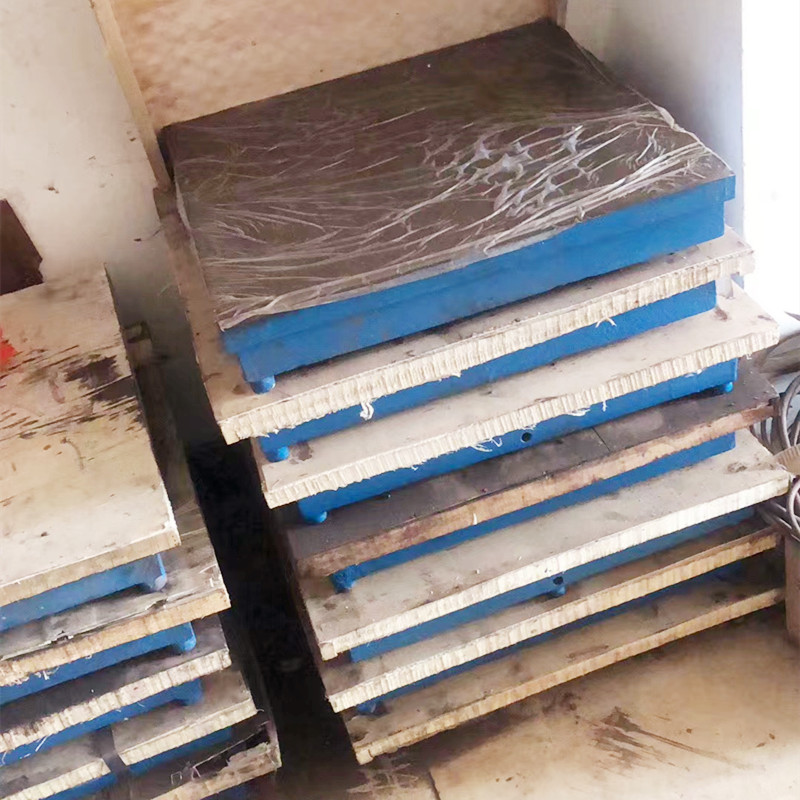Sep . 25, 2024 00:16 Back to list
a check valve
Understanding Check Valves Essential Components in Fluid Systems
Check valves, an integral part of fluid control systems, serve a critical role in ensuring the proper flow of liquids and gases. By allowing fluid to flow in one direction while preventing backflow, these devices are essential for maintaining system integrity, efficiency, and safety across various applications.
What is a Check Valve?
A check valve, often referred to as a one-way valve, is designed to permit fluid flow in only one direction. It achieves this functionality through a mechanism that automatically closes when flow reverses. This feature is vital in numerous applications, including water treatment facilities, pumping stations, irrigation systems, and industrial processes, where backflow could cause contamination or equipment damage.
Types of Check Valves
Check valves come in various designs, each suited for different applications and environmental conditions. The most common types include
1. Swing Check Valves These feature a disc that swings on a hinge, allowing fluid to flow through the valve when the pressure is in the correct direction. They are typically used in larger pipes and applications where flow is relatively low.
2. Lift Check Valves This type uses a ball or disc that lifts off a seat to allow flow. When backflow occurs, the disc settles back into the seat to block the flow. Lift check valves are suitable for applications with high fluid velocities.
3. Dual Plate Check Valves Also known as wafer check valves, these consist of two plates that open and close in response to fluid flow. They are compact and ideal for applications with space constraints while providing excellent sealing capabilities.
a check valve

4. Ball Check Valves Utilizing a ball that rises and falls with the flow, ball check valves are highly effective in preventing backflow in both horizontal and vertical pipelines.
Importance of Check Valves
The primary function of a check valve is to prevent backflow, which can lead to a variety of issues such as
- Contamination of Processes In water treatment and food production, backflow can introduce pollutants or harmful microorganisms, compromising the safety and quality of the products. - Damage to Equipment Pumps, pipes, and other components can suffer from pressure surges and reverse currents, leading to mechanical failures and costly repairs. - Inefficiencies Backflow can cause unnecessary energy consumption as systems operate less efficiently when fluid flows in unintended directions.
Installation and Maintenance
For optimal performance, check valves must be installed correctly, considering the flow direction indicated on the valve. Regular maintenance is also essential to ensure their longevity. This includes inspecting for debris, wear, and corrosion that could affect the valve's ability to open and close properly.
Conclusion
Check valves play a pivotal role in fluid management systems across industrial, commercial, and residential sectors. By ensuring unidirectional flow, they protect vital processes from contamination, equipment damage, and energy inefficiencies. Understanding the types, functions, and maintenance needs of check valves is crucial for engineers, system designers, and operators who aim to establish reliable and efficient fluid systems. Investing in high-quality check valves and regular maintenance can lead to a safer and more efficient operation, reinforcing the importance of this often-overlooked component in fluid dynamics.
-
Why Metric Trapezoidal Thread is Ideal for Precision Motion ControlNewsAug.05,2025
-
The Unique Properties of a Block of Granite for Industrial UseNewsAug.05,2025
-
The Role of Flanged Y Strainers in Preventing Pipeline ClogsNewsAug.05,2025
-
The Importance of Regular Calibration for Master Ring GagesNewsAug.05,2025
-
How a Cast Iron Surface Table Enhances Accuracy in ManufacturingNewsAug.05,2025
-
Comparing Different Check Valve Types for Optimal Flow ControlNewsAug.05,2025
Related PRODUCTS









